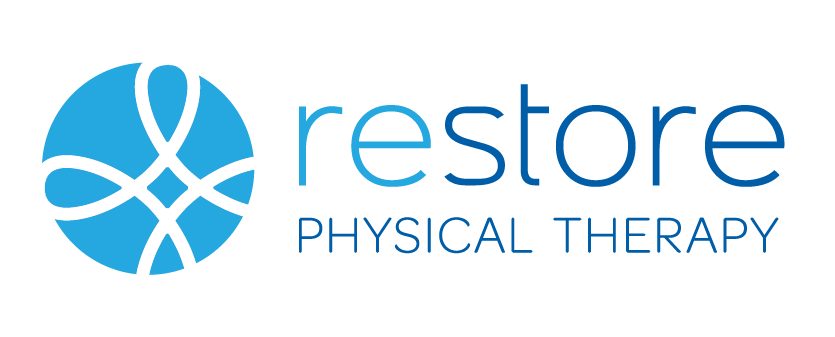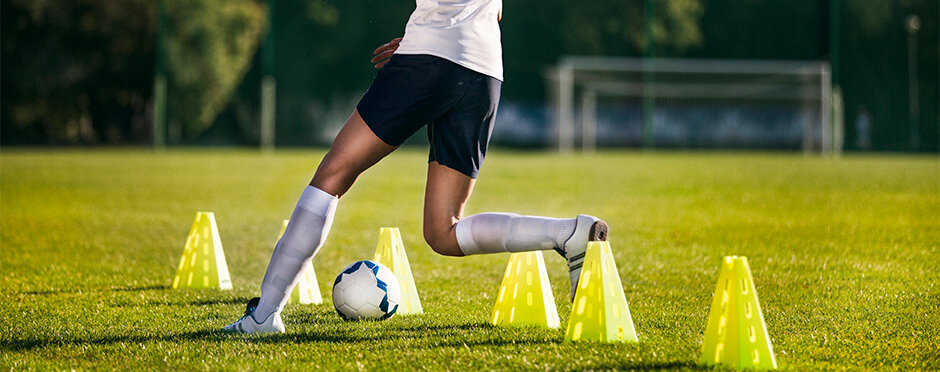3 Important Tips for Returning to Sport After Injury
Injuries can be tough for athletes on many levels. Whether it is the stress of sitting out from your favorite activity, the physical pain of the injury or the difficult rehab process, there’s never an “easy way out” when trying to get back to your sport. Once the athlete overcomes the injury from a clinical standpoint and the structures are healthy & safe to resume action, the most crucial part of return-to-sport begins! It is imperative that the athlete go through rigorous training in the rehab setting to practice skills they will be performing but also build confidence that they can attack their sport in a better fashion than they did pre-injury. Here are 3 tips for any athlete recovering from an injury, that they MUST do before stepping back into their arena:
Strength and Conditioning
After physical therapy, there needs to be a transition towards an individualized strength program, created by certified strength and conditioning coaches who have experience in your sport. Make sure the facility you choose has not only the space to perform sport-specific skills but the coaches who hold the knowledge of your sport AND position! By completing a strength and conditioning program, you will begin to enhance the muscular potential or the area surrounding your previous injury, while building a strong foundation which is needed for your sport’s activity.
Return-to-Sport (RTS) Testing
Before you begin any form of advanced exercise such as running, jumping, cutting, sprinting, etc, the athlete should be put through a battery of Return-to-Sport Tests. These tests are designed to ensure the athlete is physically ready to take on these skills without risk of injury. They also give the Physical Therapist and Strength Coach a better look at the athlete’s level of coordination, timing, body control, motor planning and overall cardiovascular conditioning. Common tests such as the Tuck Jump Assessment, Single Leg Hop Tests, Agility T-Test, Y-Balance Test and LESS Test are all very good objective measures to utilize during the rehabilitation and return-to-sport process.
Sport Specific Exercise
Once the athlete has been cleared by the physical therapist and has achieved appropriate results from RTS Testing, it is now time to create unique, sport-specific drills for that client. The first time your athlete performs their skills after injury should NOT be during a practice or a game situation. In order to properly determine whether that athlete is ready to return to their sport, you must see them in action first. These exercises can include cone drills, shooting/defending drills, reaction timing, sprinting/cutting, etc. If the athlete’s sport includes any equipment (ball, stick, racquet, helmet, etc), it is always a good idea to incorporate them into your training as well. This allows the physical therapist and strength coaches to have a true measure of whether or not the athlete will be successful in their sport without risking injury.
If you or somebody you know is an athlete recovering from injury, look no further than Restore Physical Therapy and Olympia Fitness + Performance for your complete Return-to-Sport needs! Our doctors and strength coaches have experience with athletes of all ages, sports and competitive levels. Our results have proven to not only help athletes safely return to their sport but prevent future injuries as well.
Click below now to set up an initial evaluation!




